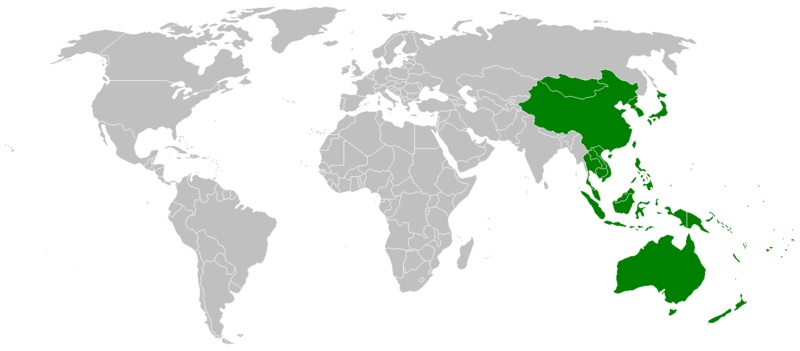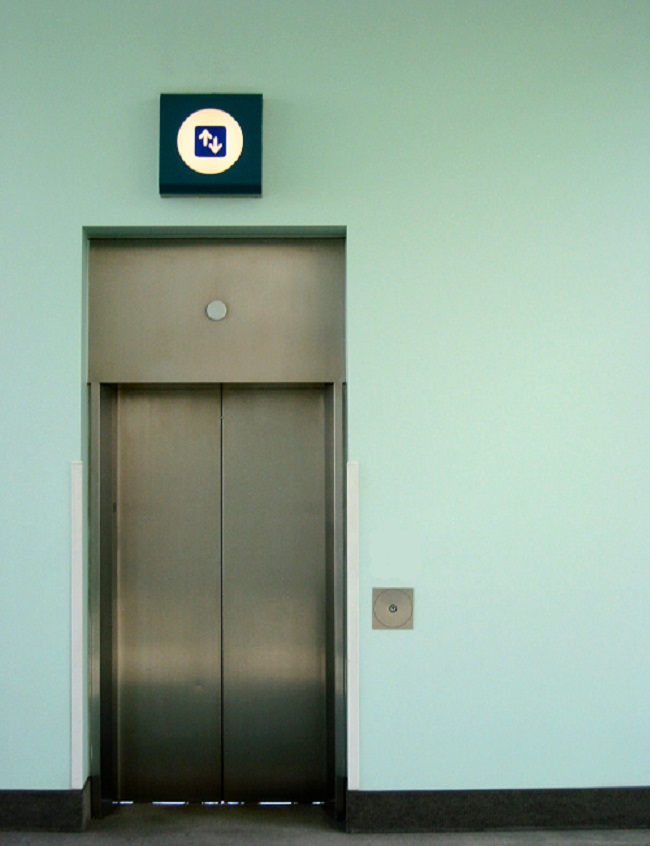The use of this tech is estimated to grow from $1.57 billion, this year, to a tremendous $11.25 billion in 2019.
A recent report focused on the use of services that are based on geolocation technology has shown that the Asia pacific market is going to experience a massive amount of growth in this area.
The report was called the “Asia Pacific Location Based Services (LBS) market report” by MicroMarket Monitor.
The market for geolocation technology based services within the Asia Pacific region is going to experience a CAGR of 48.2 percent, said the report, which predicted a total this year of $1.57 billion, this year, but $11.25 billion in five years from now. This includes a full range of different types of services, including the mobile marketing techniques that are rapidly rising in popularity as it provides firms the opportunity to reach consumers at exactly the moments in which consumers are near a store, or even near a specific product within a store making ads relevant and hyper local.
That said, geolocation technology use goes a lot further than mobile marketing all on its own.
 The range of different uses that were included in within this report included navigation and travel, geo-social networking, real estate and retail searches, as well as location based marketing and advertising. As the number of smartphone users rises, these technologies that are typically compatible with the standard mobile device are being used by an even increasing range of applications.
The range of different uses that were included in within this report included navigation and travel, geo-social networking, real estate and retail searches, as well as location based marketing and advertising. As the number of smartphone users rises, these technologies that are typically compatible with the standard mobile device are being used by an even increasing range of applications.
The Asia Pacific region is, in fact, the area in which location based services are experiencing the highest growth in the world. Moreover, it also holds a 19.1 percent share of the entire global market for this tech, this year. This is, in part, because the governments of many of the countries in that region, including Japan and China, are greatly dependent on location based services in order to make supply chain management easier.
Moreover, as geolocation technology continues to advance and evolve, private organizations within this region have also been stepping into this area in order to help themselves with such issues as operational efficiency. It is expected that in five years from now, this region will hold a share of 27.8 percent of the global market, said the report.
Geolocation technology is opening new opportunities for mobile advertising in previously unused places.
A new form of location based marketing is now being made possible through a strategic partnership between Captive Networks and xAd, allowing targeted ads to be displayed in the form of video in previously unused (or limited use) places, such as elevators and lobbies.
In-office advertising using geolocation technology will soon be enhancing displays for improved reach.
The two companies in this partnership are hoping to reinforce their brand messaging through the use of integrated location based marketing techniques and mobile ad delivery. They say that this strategy can be verified based on the actual position of the ad viewers based on the longitude and latitude of approximately 12,000 different Captivate screens that have already been installed into around 1,800 different office buildings throughout Canada and the United States.
Integrated location based marketing messages are also delivered by way of mobile devices such as smartphones.
 These messages give their viewers a way to actually respond or interact with them, say the partners in this program. By bringing mobile marketing into this strategy, it means that advertisers become capable of benefiting from performance metrics. To achieve this, SmartFencing, a geolocation based technology, is used by xAd, so that specific messages can be targeted in a campaign with several different multi-channel components.
These messages give their viewers a way to actually respond or interact with them, say the partners in this program. By bringing mobile marketing into this strategy, it means that advertisers become capable of benefiting from performance metrics. To achieve this, SmartFencing, a geolocation based technology, is used by xAd, so that specific messages can be targeted in a campaign with several different multi-channel components.
According to the xAd vice president of platform sales, Dan Hight, “We are pleased to partner with Captivate, a leader in the digital place-based advertising space.” He added that the location targeting solutions from xAd make it possible for advertisers to enhance their reach when it comes to sending ads outside of a consumer’s home through the use of campaigns aimed at specific places. This way, Captivate then gives marketers the ability to access their target audience more effectively by sending their messages over multiple channels.
This location based marketing method was soft launched in August and Captivate has now stated that its extended features have already been activated for certain select clients. Geolocation and geo-fencing are beginning to play an increasing role in mobile advertising as a whole.
 The range of different uses that were included in within this report included navigation and travel, geo-social networking, real estate and retail searches, as well as location based marketing and advertising. As the number of smartphone users rises, these technologies that are typically compatible with the standard mobile device are being used by an even increasing range of applications.
The range of different uses that were included in within this report included navigation and travel, geo-social networking, real estate and retail searches, as well as location based marketing and advertising. As the number of smartphone users rises, these technologies that are typically compatible with the standard mobile device are being used by an even increasing range of applications.
 These messages give their viewers a way to actually respond or interact with them, say the partners in this program. By bringing mobile marketing into this strategy, it means that advertisers become capable of benefiting from performance metrics. To achieve this, SmartFencing, a geolocation based technology, is used by xAd, so that specific messages can be targeted in a campaign with several different multi-channel components.
These messages give their viewers a way to actually respond or interact with them, say the partners in this program. By bringing mobile marketing into this strategy, it means that advertisers become capable of benefiting from performance metrics. To achieve this, SmartFencing, a geolocation based technology, is used by xAd, so that specific messages can be targeted in a campaign with several different multi-channel components.